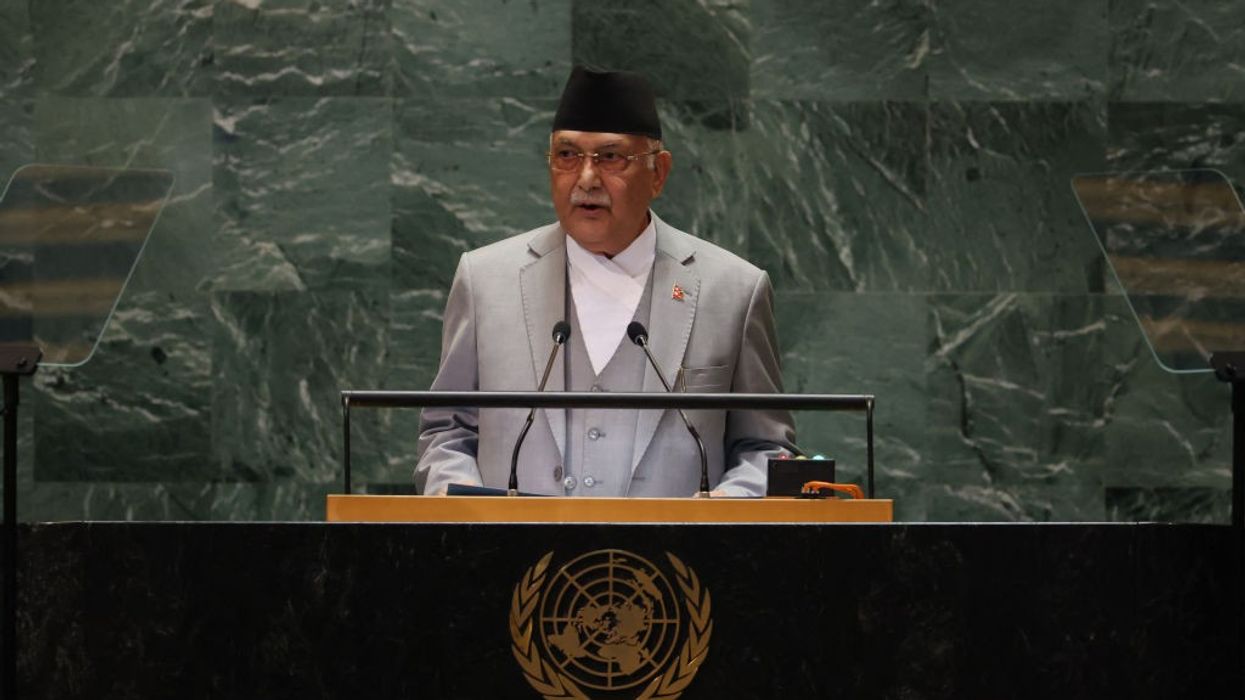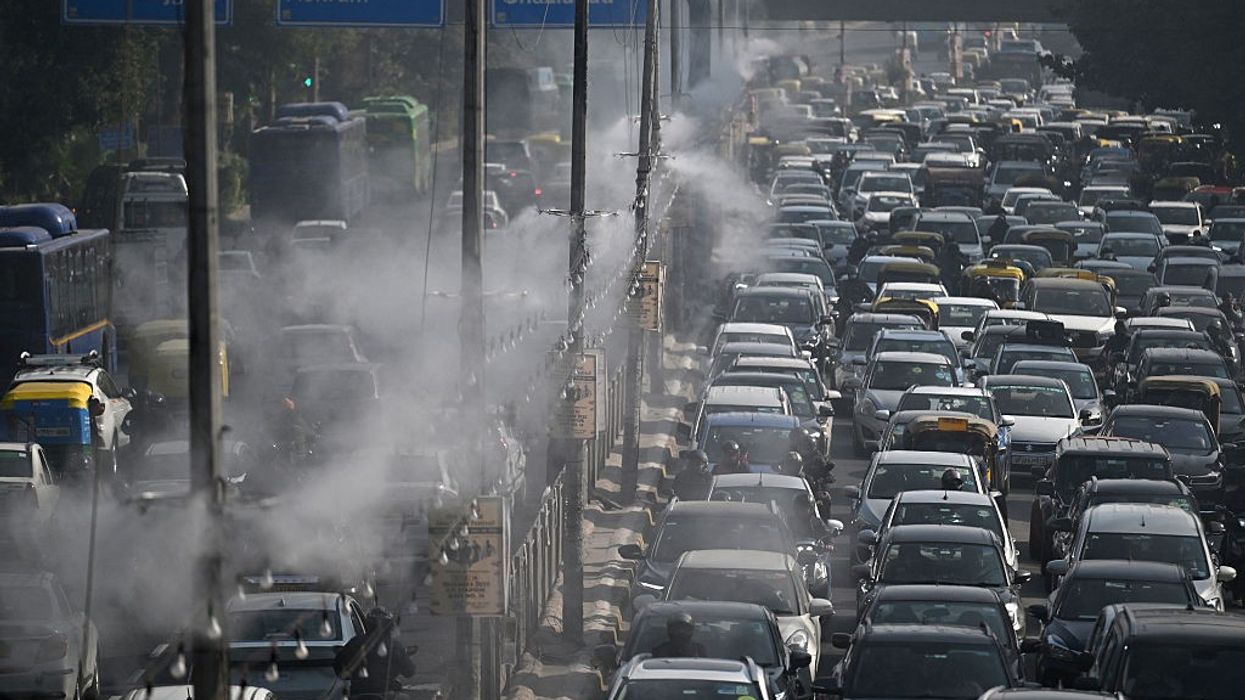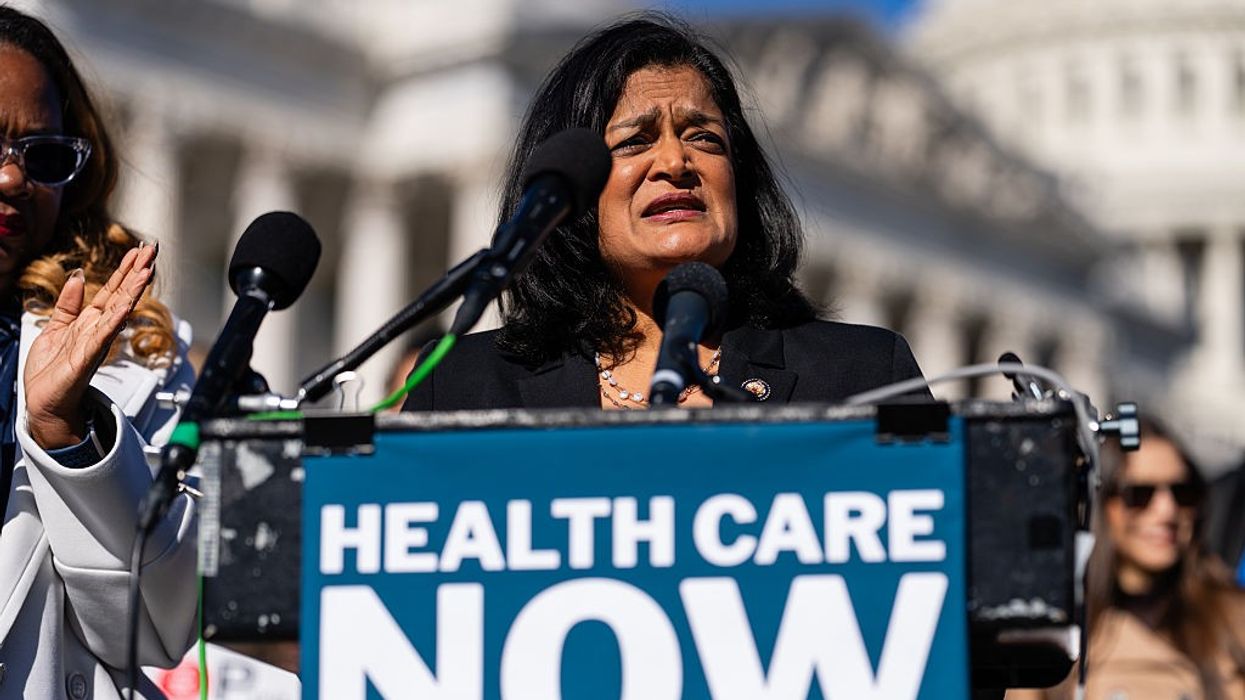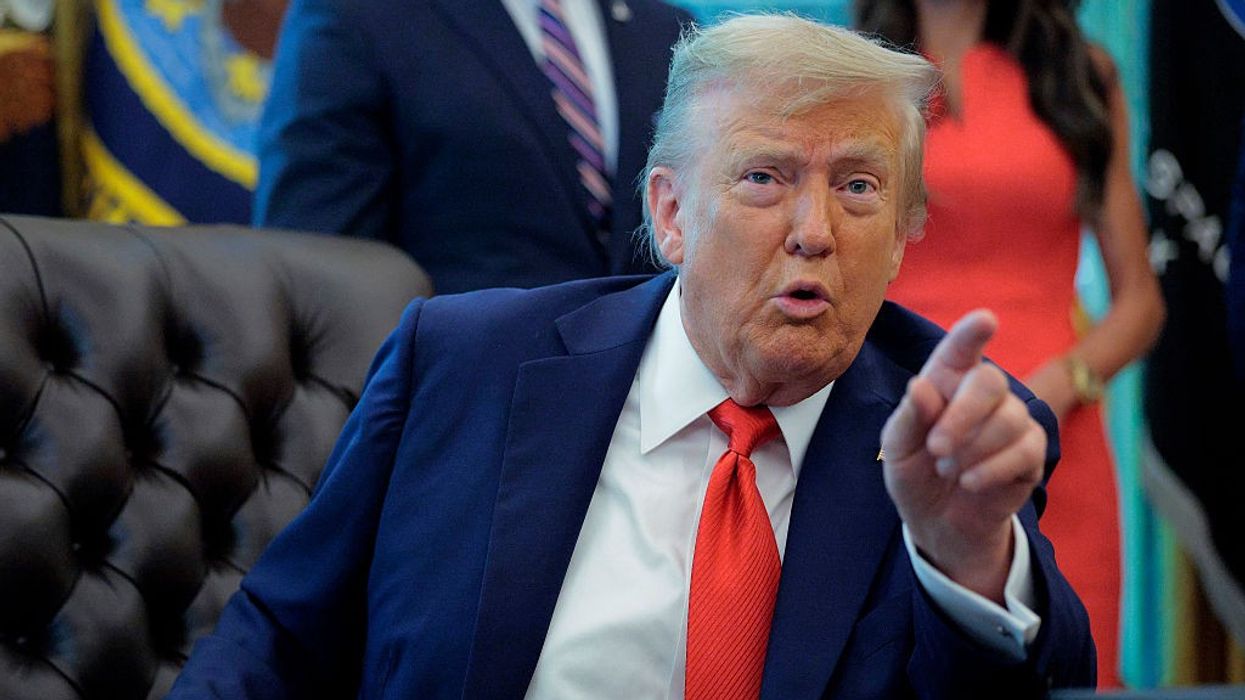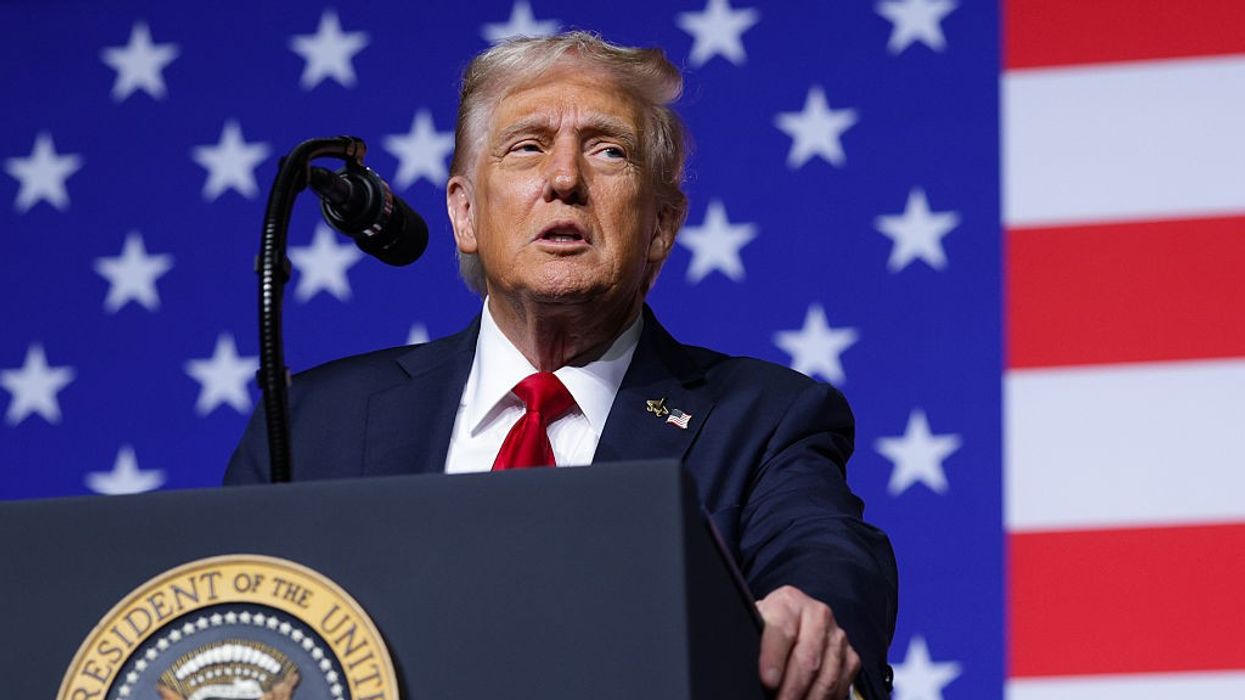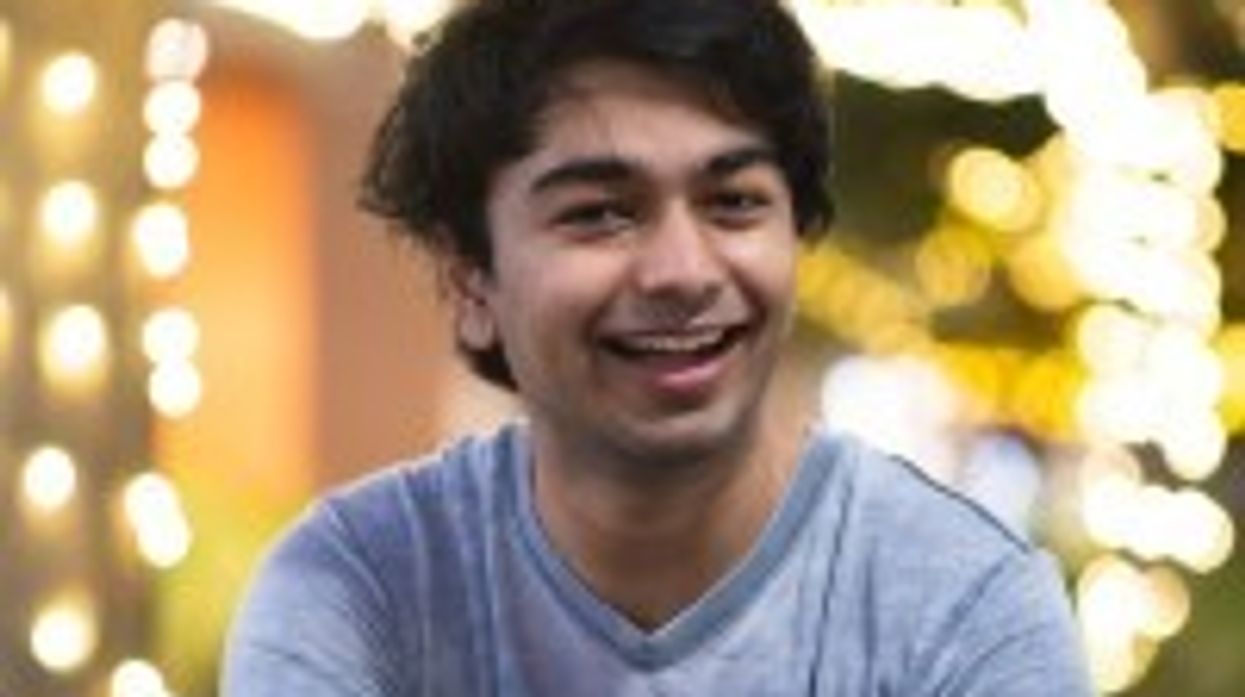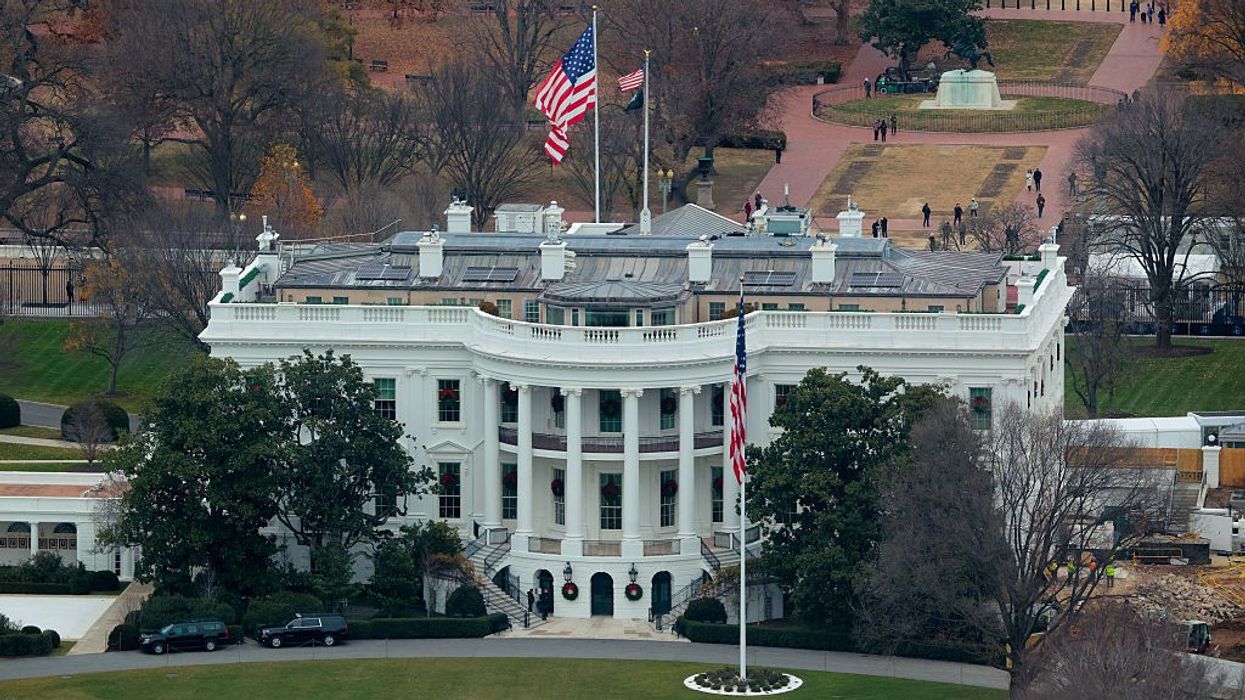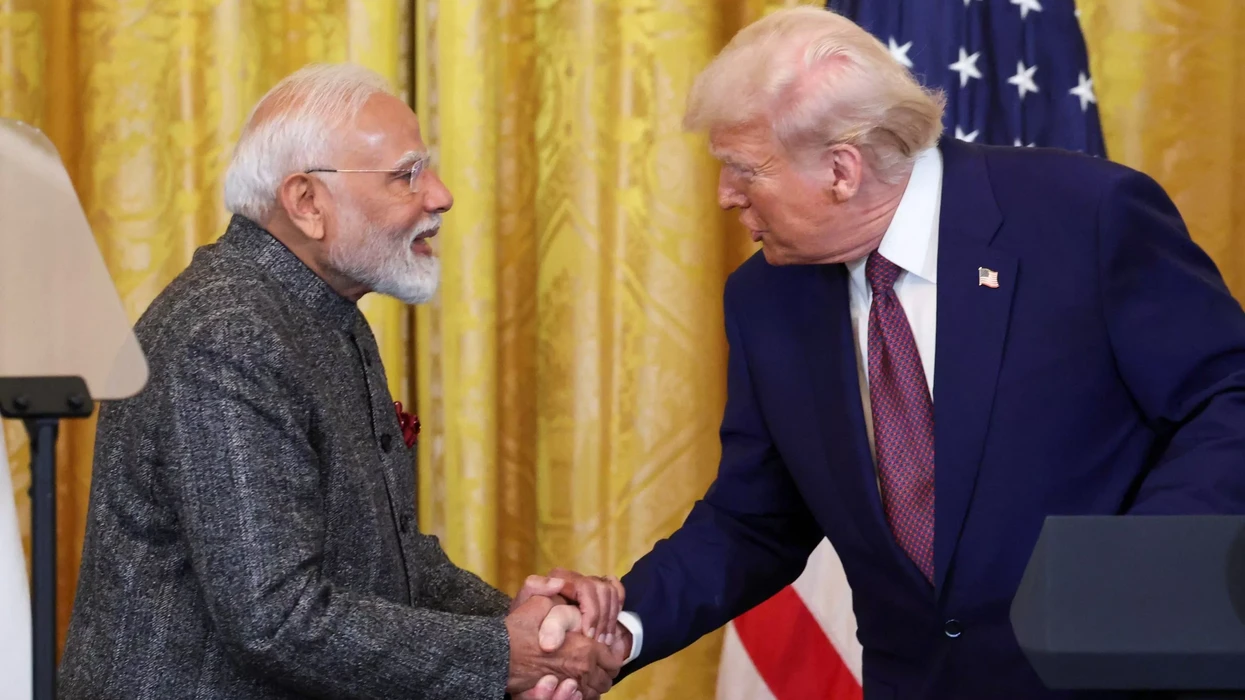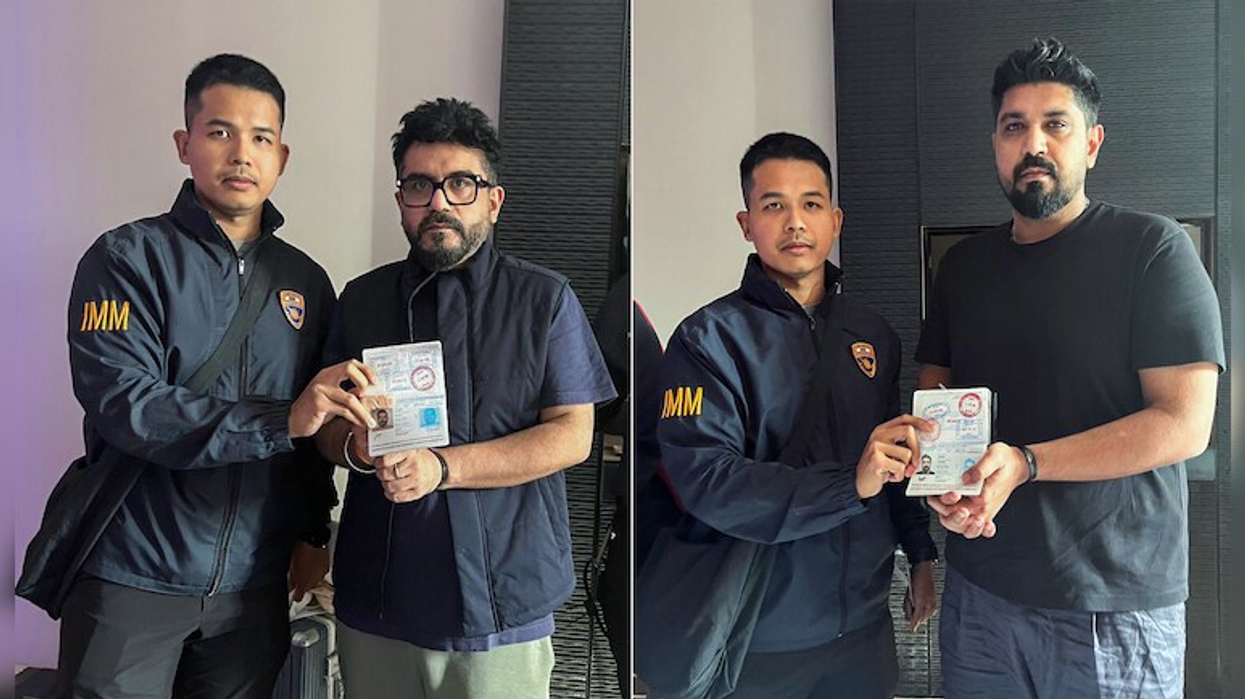Highlights:
- Army Chief Sigdel told PM Oli he must resign before the military can stabilise Nepal.
- Oli reportedly requested Army assistance for a safe passage out, planning to fly to Dubai.
- Cabinet ministers are being evacuated in army helicopters amid escalating unrest.
- At least three ministers have resigned after deadly clashes killed 20 and injured 300.
- Protesters torched leaders’ homes, including those of President Paudel and PM Oli, as curfews tightened in Kathmandu Valley.
Nepal plunged deeper into political turmoil on Tuesday (9) as Army Chief General Ashok Raj Sigdel reportedly asked Prime Minister KP Sharma Oli to step down amidst escalating, youth-led protests across the nation. The unrest was sparked by a controversial ban on 26 social media platforms, but swiftly spiraled into a broader movement against government corruption, curbs on freedom of expression, and collapsing public trust.
Widespread violence and emergency measures
The crisis entered a new phase on Day 2, with Gen Z demonstrators at the forefront, demanding the prime minister’s immediate resignation. Protests erupted across key districts, with Kathmandu, Lalitpur, and Bhaktapur under strict curfew. The Nepal Army was deployed to parliament and strategic locations as public anger boiled over into acts of arson, vandalism, and direct confrontation with security forces.
Violence intensified as crowds stormed and set fire to the private residences of President Ramchandra Paudel and PM Oli in addition to offices of major political parties. Several vehicles inside the Nepali Congress president Sher Bahadur Deuba’s compound were also torched. The residence of former PM Pushpa Kamal Dahal was vandalized, while Finance Minister Bishnu Prasad Paudel was reportedly assaulted by protesters.
Ministers resign, cabinet in disarray
The government’s position grew increasingly untenable as Cabinet ministers began to resign in protest over the handling of the crisis. Health Minister Pradeep Paudel became the third to exit on Tuesday, following the resignations of Home Minister Ramesh Lekhak and Agriculture Minister Ramnath Adhikari. Their departures were prompted by deadly police crackdowns that left at least 20 dead and over 300 injured, fueling further demands for top-level accountability.
As the crisis deepened, ministers were airlifted from their residences to the airport using army helicopters, and Prime Minister Oli reportedly requested safe passage out of the country, with plans to seek asylum in Dubai. Flights at Kathmandu airport were suspended amid fears of violence, as protesters targeted the airport with drones, laser beams, and fireworks.
Rollback of social media ban fails to cool anger
Facing unrelenting pressure, the Oli government convened an emergency Cabinet meeting and late on Monday rolled back the sweeping ban on social media platforms including Facebook, Instagram, WhatsApp, YouTube, and X. However, this drastic reversal did little to quell the protests, as public outrage now centered on longstanding issues of corruption, wealth gap, and governance.
Student leaders and Gen Z activists quickly mobilized fresh marches, chanting slogans like “KP Chor, Desh Chhod” (“Oli is a thief, quit the country”). Demonstrators denounced the leadership for shielding corrupt officials and ignoring youth demands, highlighting how the ban merely ignited deeper grievances that had simmered for years.
Peace calls and uncertain future
In an open letter, Prime Minister Oli appealed for calm and convened an all-party meeting in a bid to find a political solution. However, the move seemed too late to stop the wave of resignations and street anger. The army’s conditional offer to step in only after Oli’s resignation further underlined the gravity of the crisis.
As pressure mounted, sources reported that Oli prepared to leave Nepal under the pretext of medical treatment. With parliament having been stormed by protesters, and multiple resignations rocking the government, Oli’s fate—and Nepal’s next steps—remained uncertain by Tuesday evening.
The Gen Z-fueled uprising marks one of the most significant challenges to Nepal’s political establishment in years. What began as resistance to a social media ban exploded into a sweeping demand for transparency, accountability, and new leadership, underscoring the powerful voice of Nepal’s youth in the country’s turbulent democracy.
References:
NDTV , India Today , Hindustan Times , Times of India , Fortune India , NewsArena India.
